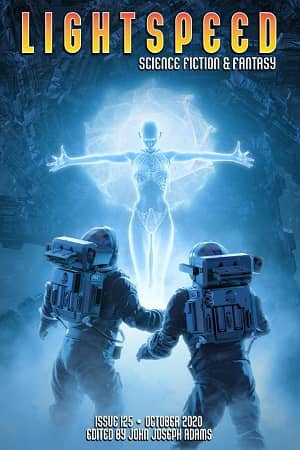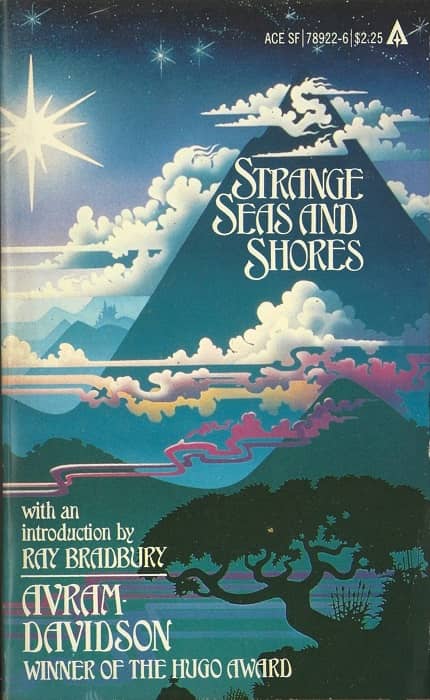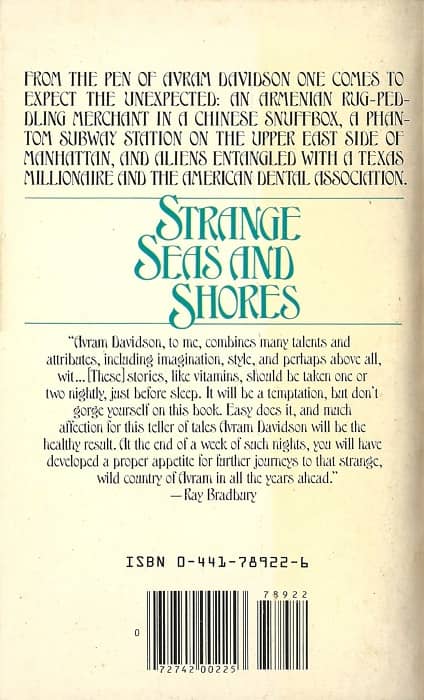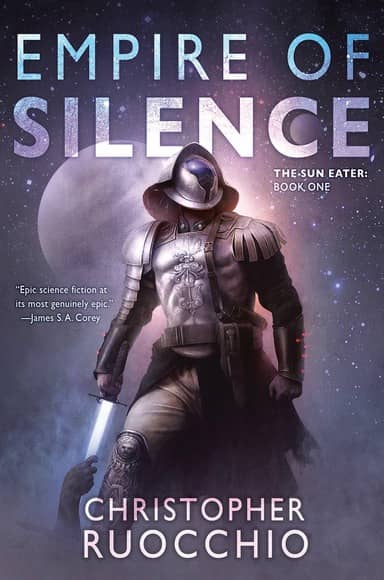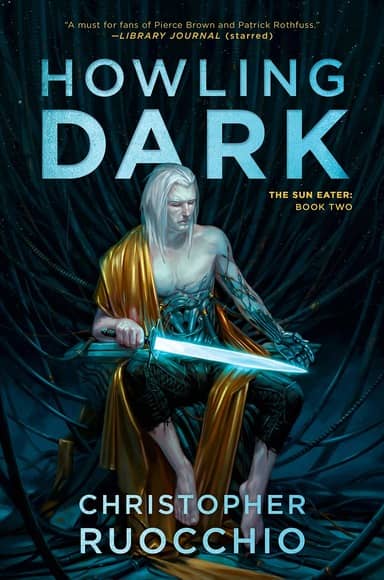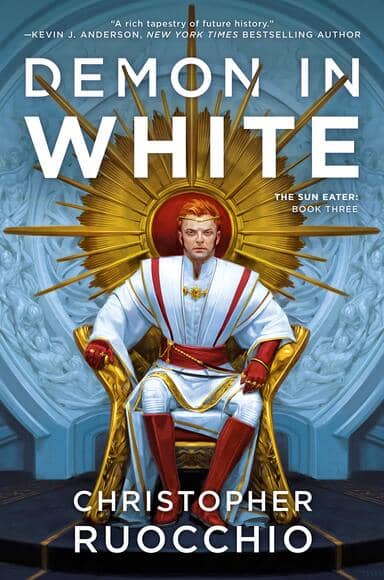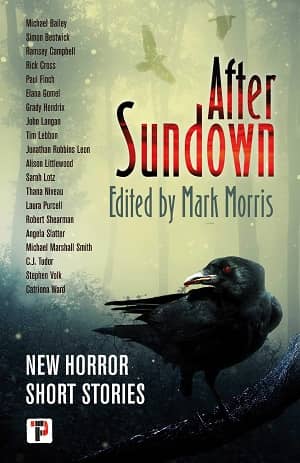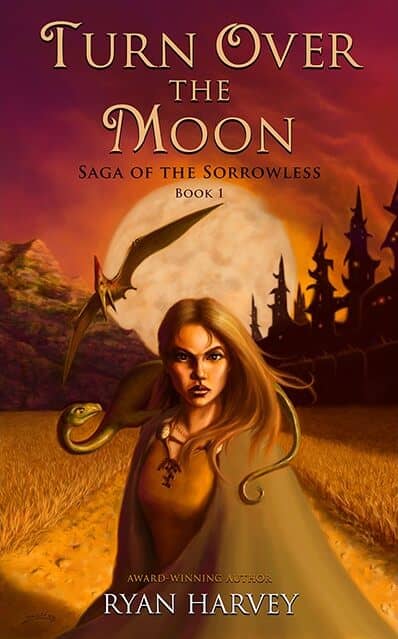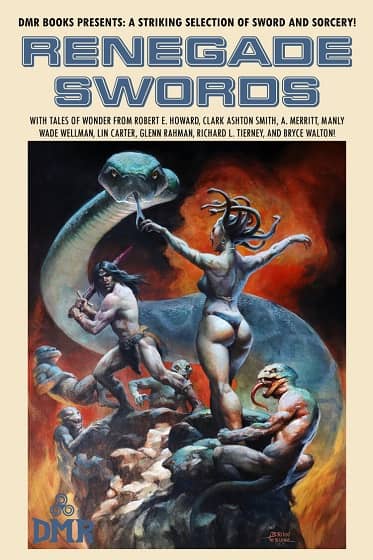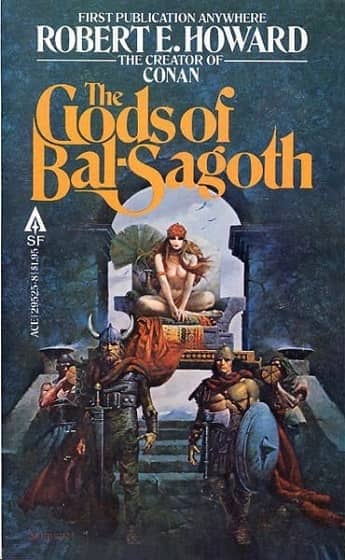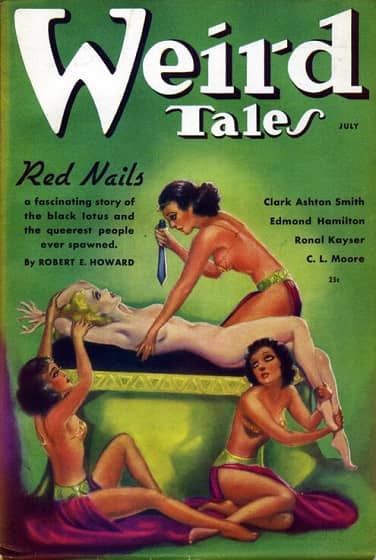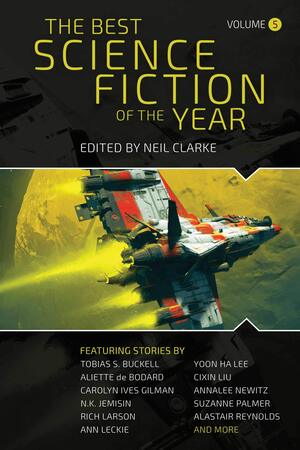Stellar Empires and Space Pirates: Blackwood & Virtue by Bennett R. Coles
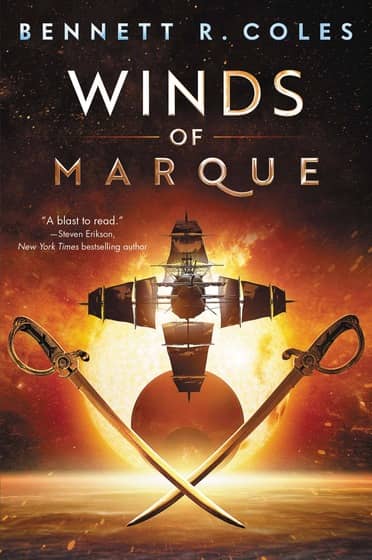 |
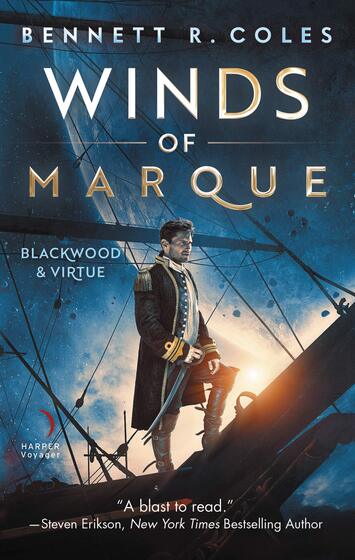 |
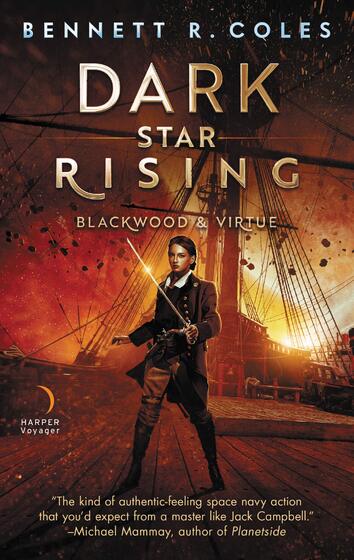 |
Winds of Marque 2019 first edition (left, cover by Damonza) and 2020 re-release (middle, artist uncredited),
and the sequel Dark Star Rising (2020, uncredited). Published by Harper Voyager
Winds of Marque, the first volume in Bennett R. Coles’ Blackwood & Virtue space fantasy series, got my attention last year. Maybe it was the dynamite cover by Damonza, with the gorgeous orbital imagery — the four-masted deep space schooner and crossed swords — but I don’t know. I think I just have a soft spot for space pirate tales.
The book got fine notices. Publishers Weekly called it a “mix of retro and future naval adventures… Science fiction fans of the Hornblower or Aubrey/Maturin sailing sagas will likely thrill,” and Kirkus raved:
With solar sails hoisted and war with the Sectoids imminent, Imperial Navy Subcmdr. Liam Blackwood, enigmatic quartermaster Amelia Virtue, and the crew of the HMSS Daring must stop space pirates from disrupting human supply lines in the outer sectors in the first book in a new series…. the jaunty pace is unwavering and enjoyable… Traditional science fiction lovers may get distracted looking for more space tech, but lovers of classic high-seas adventures and those who enjoy genre-bending SF will find this swashbuckling space adventure a worthy read.
But a funny thing happened before the arrival of the second volume. Harper Voyager jettisoned the original cover for the June mass market reissue of Winds of Marque, replacing it with a much more staid portrait of second-in-command Liam Blackwood, looking pensive and square-jawed on deck. Dark Star Rising, when it arrived in September, featured a matching rendition of plucky quartermaster Amelia Virtue (the second half of “Blackwood & Virtue”) in an action pose. Now the books look a lot more like seafaring romances, and not space opera adventures.
Well, perhaps that’s the intention. I’m still deciding if I’ll pick up the second volume. Let me know what you think in the comments.
